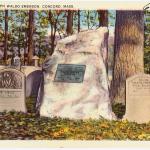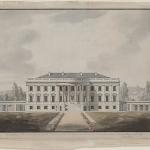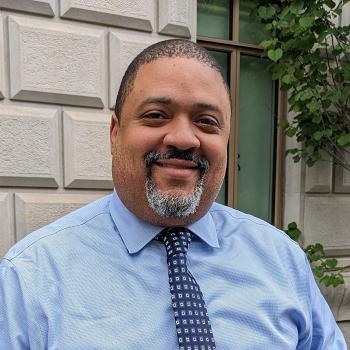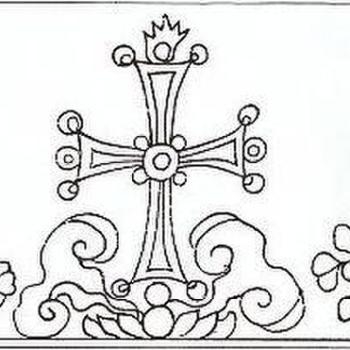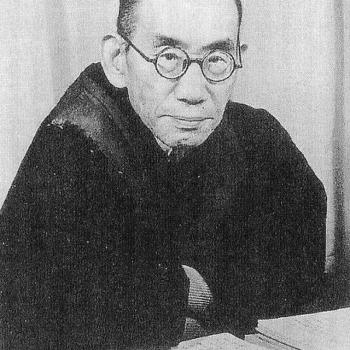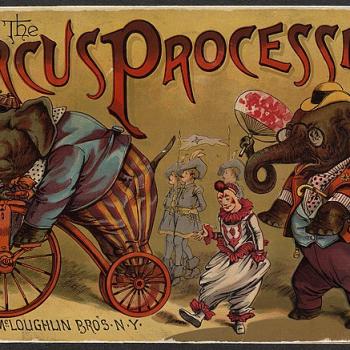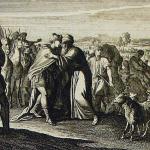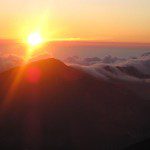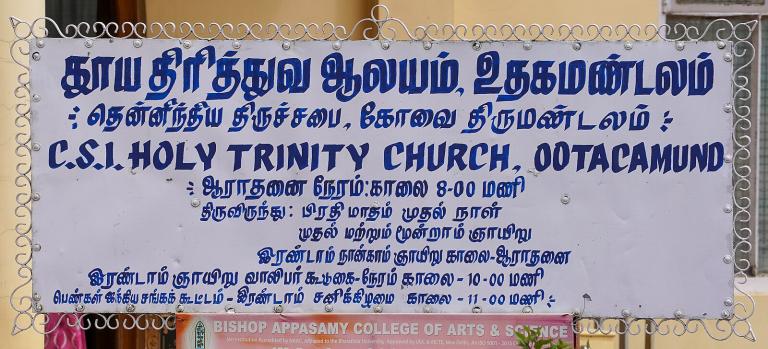
Trinity Sunday. The old joke has it that on Trinity Sunday the congregations in the vast majority of Christian churches around the globe will be hearing some heresy or another.
The Trinity is a passing strange thing. A wonderful attempt at at least approaching the mystery.
And, so, perhaps its not a bad thing for a Unitarian minister and Zen teacher to offer a reflection. One more attempt…
God.
A word that calls forth pain and joy. Hope and fear. And loss, so much loss.
People die for that word. People die because of that word.
God.
And, what is God? What is divine? And how does it relate to this world?
With that there’s the artifact of the Trinity. And its attempt to describe this great mystery. What is divine, and how does it relate to this world?
Truthfully this sort of thing resists language.
In fact defining the mysteries of the divine appears to be close to impossible. Maybe its actually impossible to unpack the Trinity without falling into one heresy or another. I rather love that, and I have to admit enjoy the struggles of my more orthodox colleagues wrestling with the subject on Trinity Sunday.
Me, I find this mystery of the meeting of the divine and the world is often best found in song, or dance, or images. And so, with the Trinity, there’s the Scutum Fidei.
No one knows the precise origin of the image, but probably it emerges from about the twelfth century. The earliest certain version is found in an early thirteenth century manuscript of Peter of Poiters’ “Compendium Historiae in Genealoga Christi.”
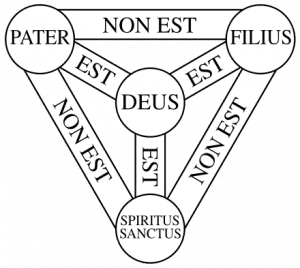
It’s basically a triangle with the three points usually enclosed in circles reading Father, Son, and Holy Spirit. In the middle was another circle labeled God. Each of the connections in the various directions were labeled either “Is” or “Is not.” And with that, a description of the mystery of the Christian image.
My spirituality is deeply rooted in the Zen traditions. And I’m a long time Unitarian minister, the very name is rooted in a conscious rejection of the Trinity. However, in my own spiritual life as a practicing Zen Buddhist, I cannot say quite where I realized the purest formulation of Zen’s fundamental teaching that form is emptiness and emptiness is form, as precious and important as it is, misses something of our human encounter.
It was only when I felt into the Buddhist trinity, or, at least one of the Buddhist trinities, the mystery of the Trikaya that I found my path opening fully.
Here we have the two assertions of reality. The truth that nothing has a substance, that everything is wildly and completely open: Dharmakaya. The truth that everything plays out in causal relationships, constantly creating and falling apart, the realm of action and of history and of consequence: Nirmankaya. The mystery includes the absolute identity of these two, for the lack of a word, things. But, there is a third thing. That third. The truth of ecstasy, wonder, magic, and dream: Sambhogakaya.
Now, I feel no need to cram the two trinities, Christian and Buddhist into each other. Although they sort of do. As my friend the Zen student Dana Lundquist observed out of her own walking the spiritual path, “There are a lot of different true things happening at the same time.”
So, the Zen of it?
For me one can say with absolute truth there is no God. And, yet. Like Issa’s poem, the morning dew is the morning dew. And yet. This world and our hearts are filled with that spirit of an and yet. God, gods, the sacred are in my experience, absolutely a part of the world in which I live.
The languages of divinity sing of realities I experience.
With that, there’s another image for the Christian trinity that I find wandering in and out of my dreams. Pointing. Inviting.
The image of the Christian trinity that has most touched my heart was an Orthodox icon created by a fourteenth century Russian artist, Andrrei Rublev. He used a story from Genesis of Abraham being visited by three angels and with that as his material creates a trinity image I find haunts my dreams. It includes languid humans sitting around a table. There are within it unseen triangles and circles that cannot be contained within the painting. Beyond that the play of images and colors that we can encounter simply seep into the preconscious heart and envisions, again, something that the mere painting cannot hold. Mere words. Mere actions. But without disdaining those mere things.
I really like that. It is what I’ve found in my Zen life.
And. I, well, I really believe that. Shinjin. Trusting heart. The way I’ve come to understand those other words of my spiritual life, awakening, enlightenment. It’s where heaven and earth meet as my heart.
Mystery piled upon mystery.
We don’t know it. We can’t grasp it. We can only open to that mystery. Sing it. Dance it. Paint it.
And maybe even offer the odd Hallelujah.



